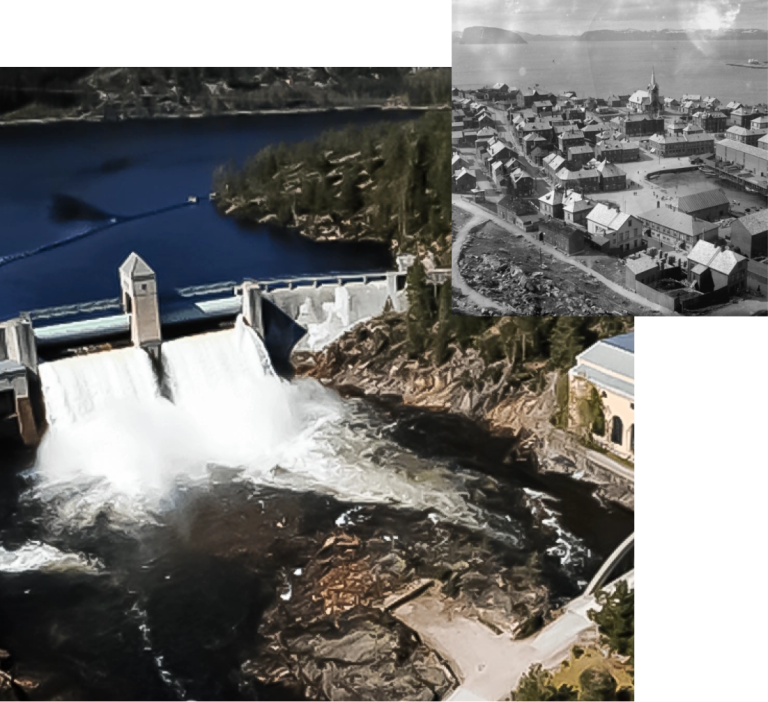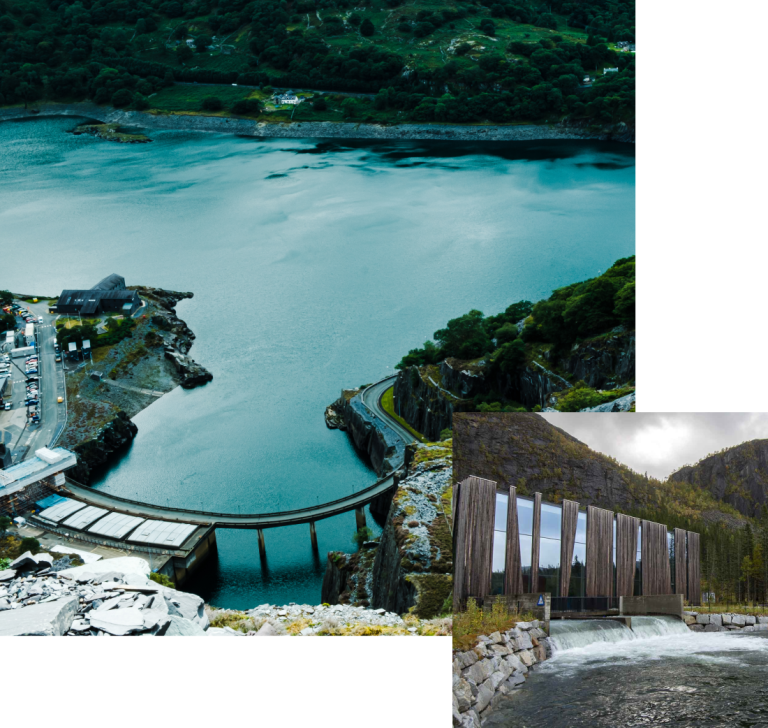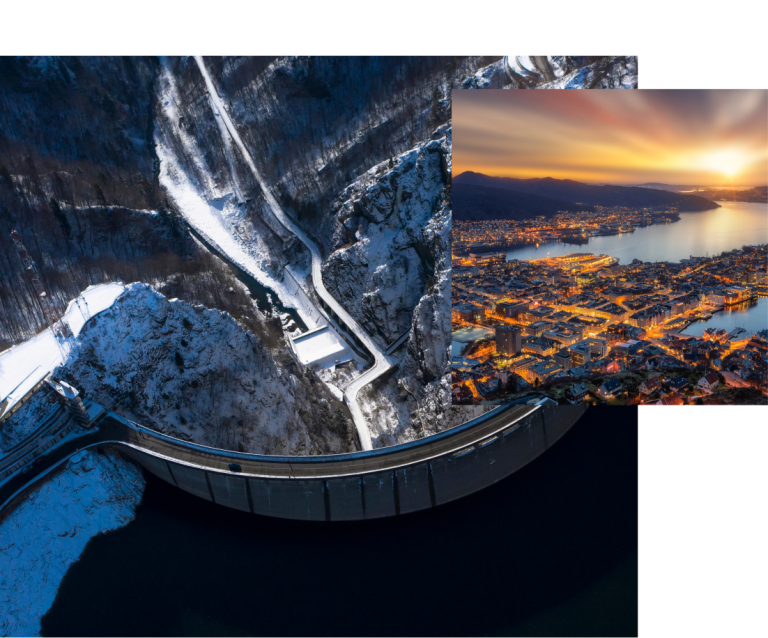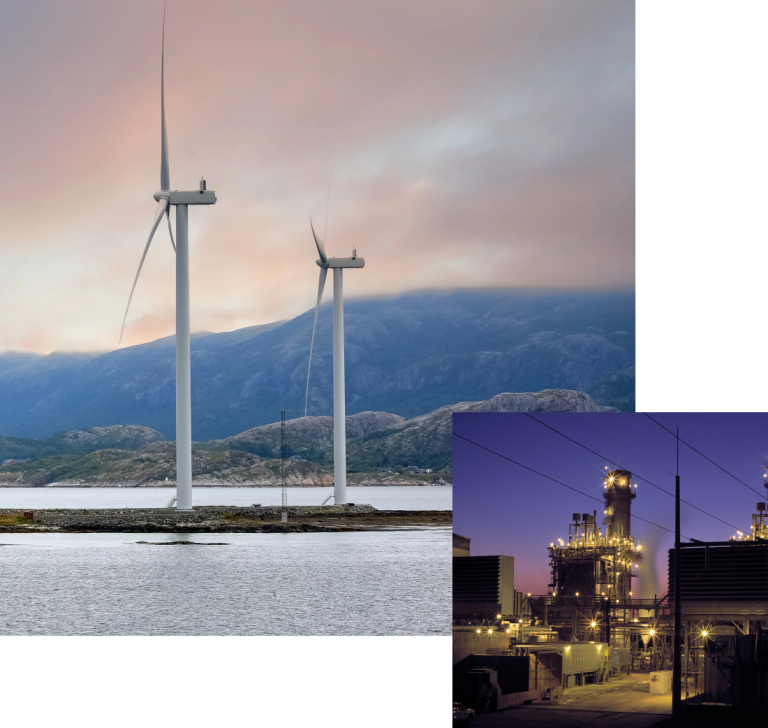Why Norway
Based on 100% renewable enery,
a long time before renewable energy
was even a saying
The birth of Norway’s renewable energy
In 1891, the streetlights of Hammerfest—now known as the world’s northernmost town—were electrified. Some years later, Oslo followed. The electricity for these lights came from Norway’s oldest hydropower plant, which remains in operation today. However, its current capacity is only enough to supply Oslo with energy equivalent to just one day of consumption.
In the decades that followed, Norway developed its vast hydropower resources to supply energy not only to its cities and citizens but also to support a large energy-intensive industry—one that continues to produce significant amounts of steel, fertilizer, and aluminum today. Ironically, this industry was already powered by 100% renewable and “green” energy long before the term renewable energy even existed.


A green surplus with no easy distribution
Today, 1,782 hydropower plants are still in operation in Norway. Together with wind turbines, they generate an average of 158 TWh per year. This remains 18 TWh more than Norway’s annual consumption, but the surplus renewable energy is not evenly distributed across the country.
With 1,732 fjords and over 2,500 glaciers spread along Norway’s 104,000-kilometer coastline, building transmission systems between regions is a complex and costly challenge.
Up in the steep mountains there are more
than 1,200 dams — serving as gigantic
national batteries, providing a continuous
flow of renewable energy
Norway’s renewable
energy hubs
The region in Norway with the most excess hydropower is Nordland, which until recently had 11 TWh of surplus renewable energy, making it the area with the lowest energy prices. At the heart of Nordland — in Mosjøen — Gen2 Energy is currently developing two projects: Nesbruket and Hollandsvika.
Another key area with surplus renewable power is the Fosen Peninsula, home to Europe’s largest wind park. It is also where Åfjord is located, the site of Gen2 Energy’s third project — Monstad, which is currently under development.

The combination of hydropower and wind energy makes Norway a unique and strategic location for green hydrogen production

The future of offshore wind and hydropower
Farsund, where Gen2 Energy’s fourth project is under development, is located on the southernmost tip of Norway. Today this is not a region with a lot of excess and surplus energy, but that will change when Norway’s first major offshore wind park is built out and taken ashore at the coastline nearby.
Based almost purely on renewable hydropower, Norway is exempted from the EU rule on additional energy – which states that potential green hydrogen producers also need to invest in additional renewable energy.
And still, the sun descends in the evening and the wind is not always blowing, so renewable energy projects based on solar or wind will not have energy available 24/7. The story is very different with hydropower in Norway, as up in the numerous steep mountainsides are more than 1,200 dams holding the water back – serving as gigantic national batteries able to provide a continuous flow of renewable energy.
A hydrogen powerhouse
Gen2 Energy has four perfectly located green hydrogen projects, with a combined size second to none, in Europe’s renewable power-house.
This will make Gen2 Energy one of the largest and the most competitive producers of green hydrogen in Europe.
